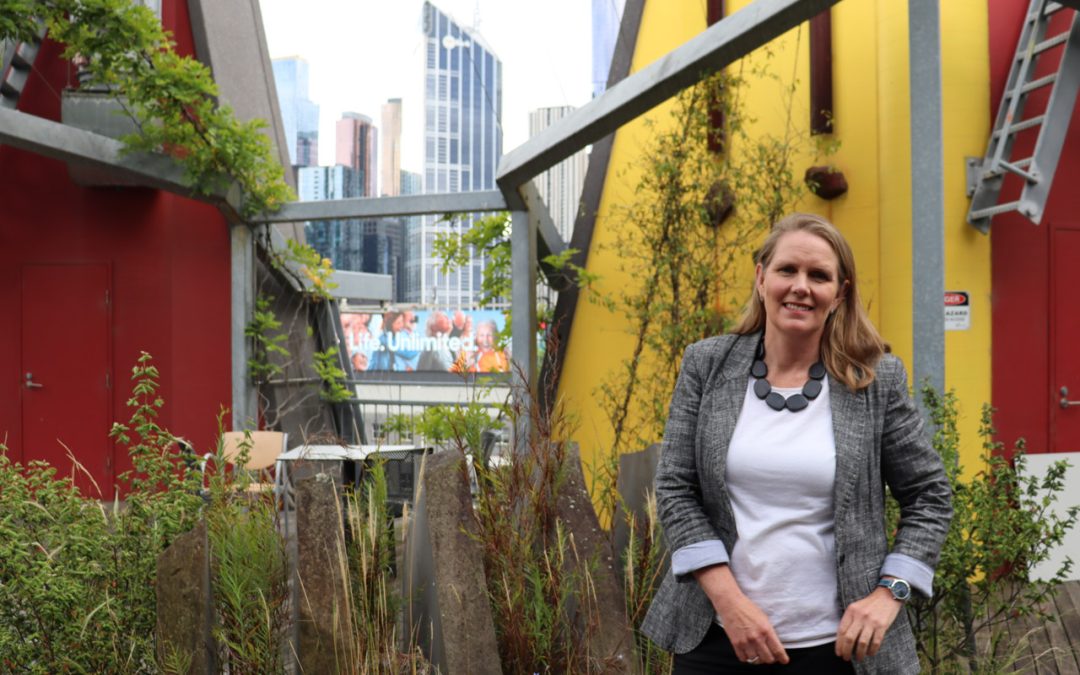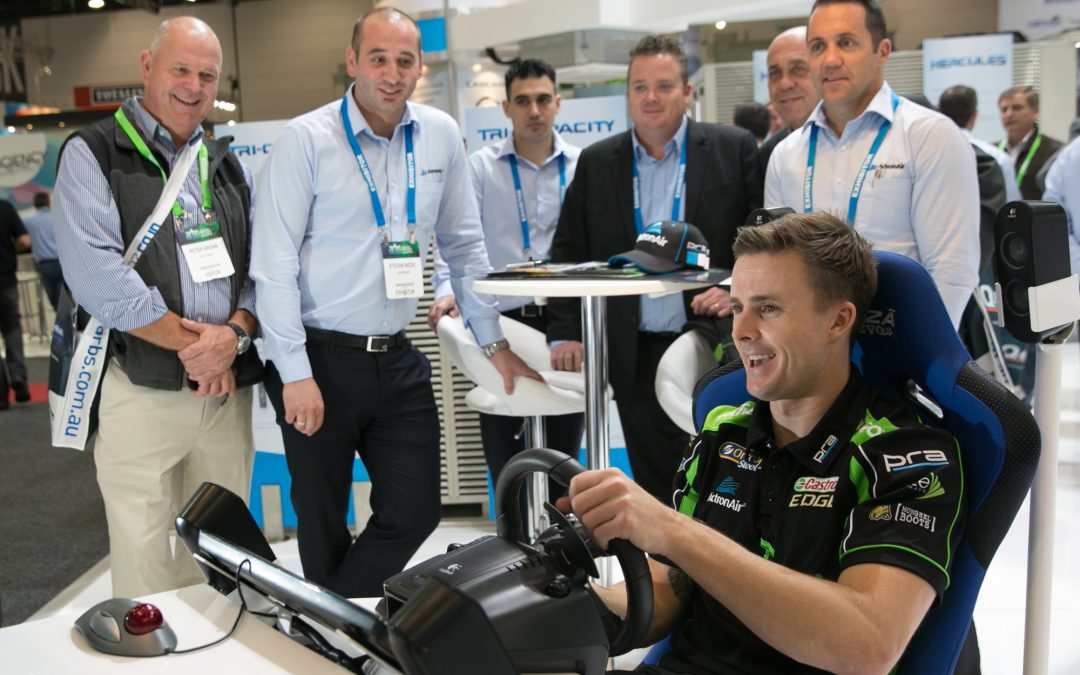The right to clean air
The recent Clean Air Forum in Canberra brought together stakeholders across various disciplines to...
Read MorePosted by Mark Vender | Jun 22, 2023 | Industry eye
The recent Clean Air Forum in Canberra brought together stakeholders across various disciplines to...
Read MorePosted by Mark Vender | Jun 22, 2023 | Industry eye
By the time you are reading this almost half of 2023 will have flashed by. It’s incredible how...
Read MorePosted by Shahzuma Warakhwala | May 19, 2023 | Industry eye
Recognising performance that goes above and beyond doesn’t always have to be expensive, writes Dr...
Read MorePosted by Chloe Sofia Gawaran | May 18, 2023 | Industry eye
Climate change and extreme weather events hit hard in 2023. According to the annual report from...
Read MorePosted by Chloe Sofia Gawaran | May 18, 2023 | Industry eye
The A.G. Coombs Group has committed to achieving net zero Scope 1 and Scope 2 operational...
Read More
May 16, 2024
In California’s capital city, a 1940s building has been re-lifed, aiming to create strong ties between nature and the local community.

Mar 18, 2024
City of Melbourne chief heat officer Krista Milne talks with Ecolibrium staff writer Nick Johns-Wickberg about managing extreme heat in urban settings.

Mar 18, 2024
Boasting 300 exhibitors and 9,000 visitors over three days in May, ARBS 2024 will be the gathering place for the Australian HVAC&R community.

Mar 18, 2024
In order to raise the standard of operational hospital buildings, a holistic approach must be taken, writes Cundall’s Amin Azarmi. When standards change there are two typical ways to respond. First, scramble to do the minimum required to comply. Or second, take the...

Mar 18, 2024
Building automation control products that can only be serviced by one contractor can present significant risk. Open protocols make much more sense, writes Jason Duncan.I am very fortunate to meet and work with contractors, building owners and managers from all around...

Mar 14, 2024
Ventilation units within vehicle tunnels play a pivotal role in ensuring safety and optimal air quality for
occupants. These units are used to assist with propelling air from one end to the opposite end of the tunnel.
Computational fluid dynamics (CFD) has emerged as an invaluable design tool for engineers and stakeholders,
offering simulated insights and data to optimise safety and efficiency in tunnel projects. This paper
emphasises the advantages of CFD for road tunnel ventilation design, showcases a case study involving
impulse fans, and highlights the positive effects on project costs and overall tunnel ventilation performance.
Advertisement